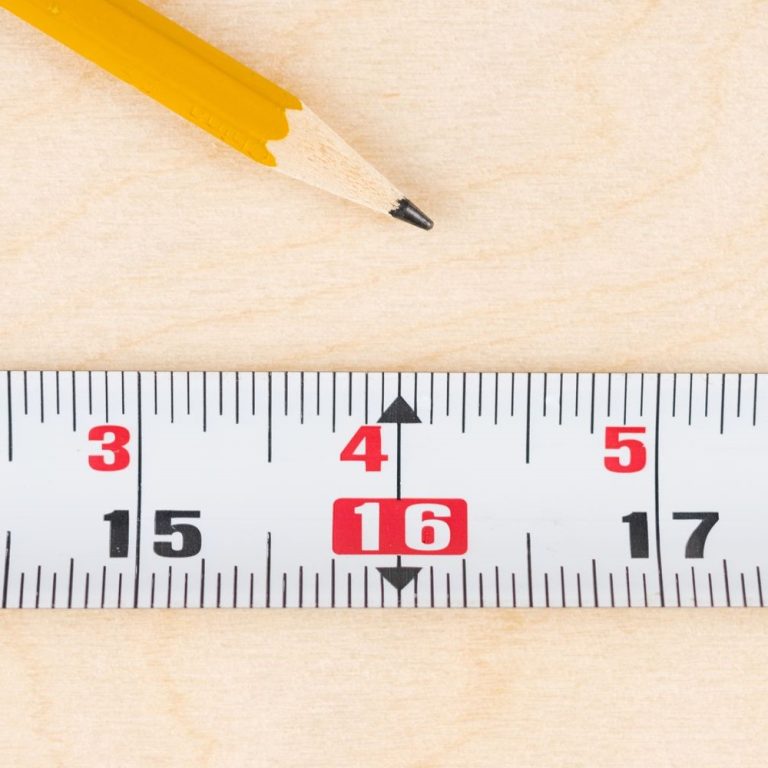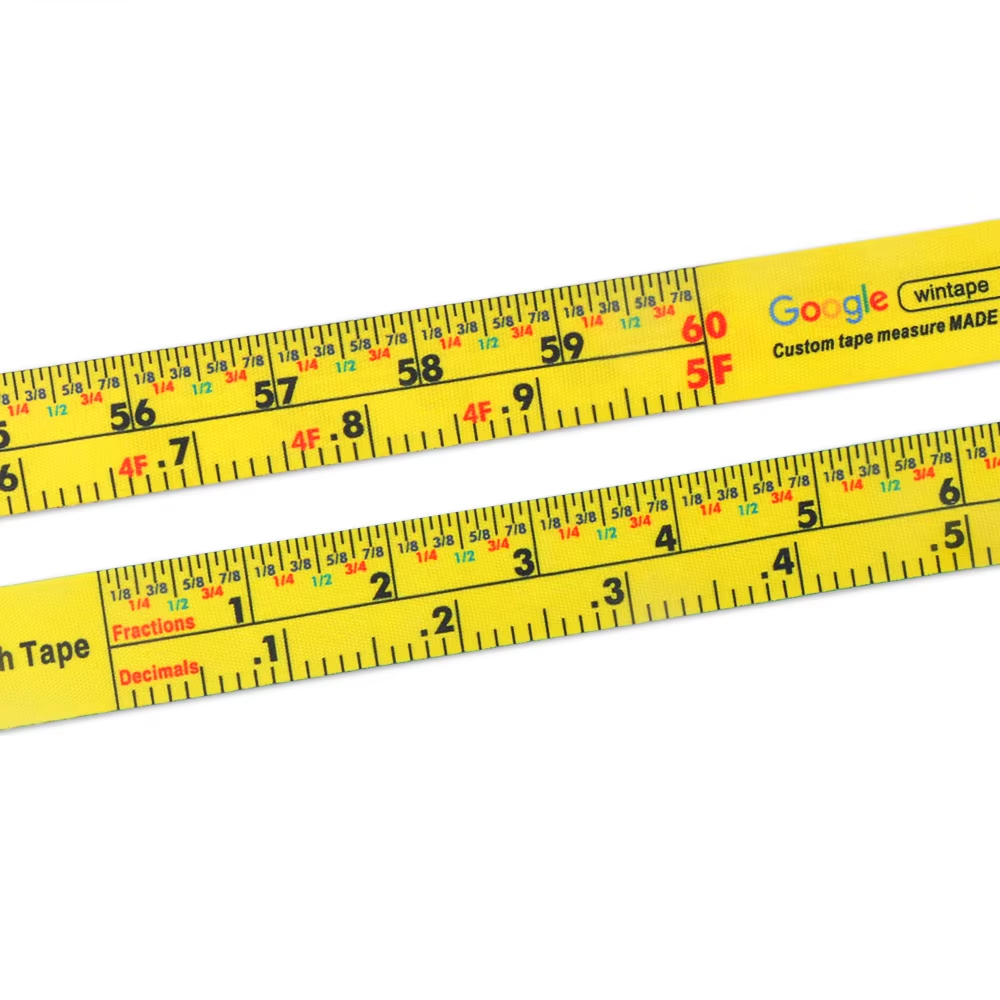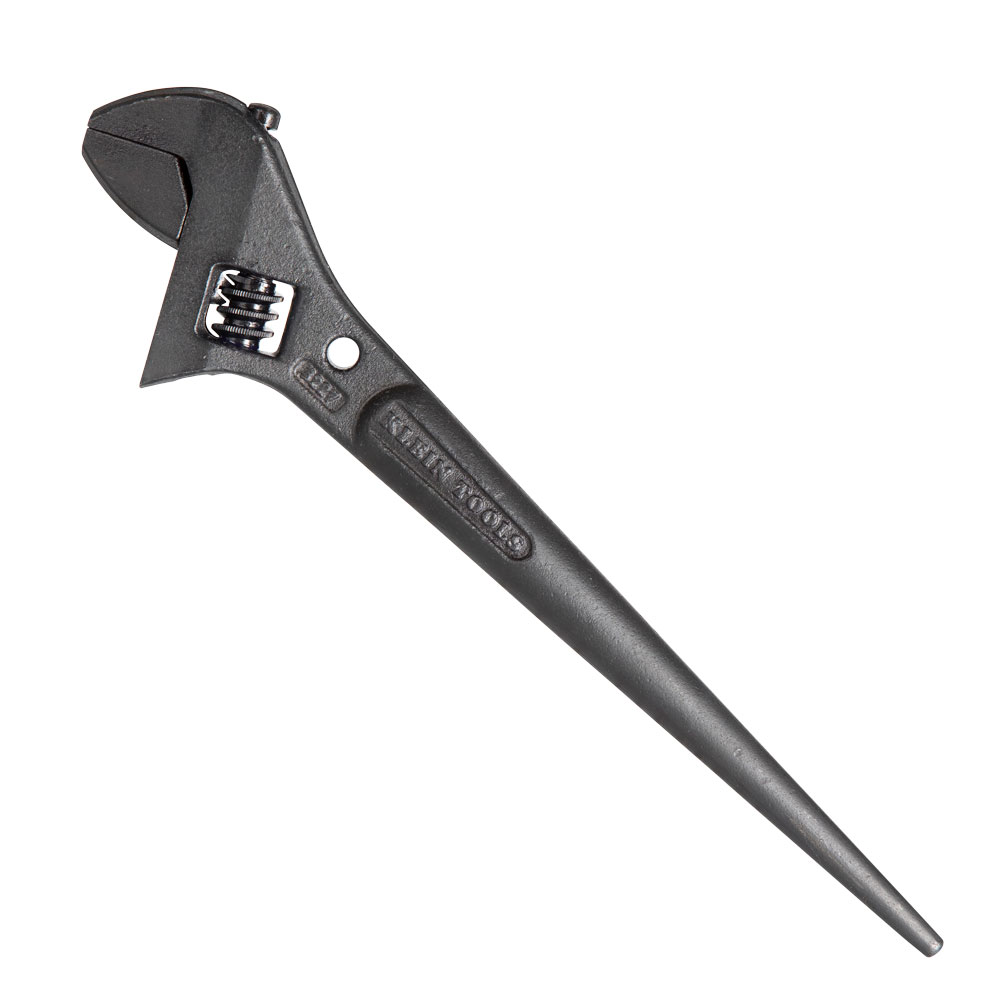
Essential Guide to Spud Wrench: Everything You Need to Know
In the world of professional tools, the spud wrench holds a unique and valuable position. This specialized wrench is vital for various mechanical applications, particularly in plumbing and heavy-duty construction. Understanding how to effectively use a spud wrench and the features to look for can significantly enhance a professional’s toolkit. In this comprehensive guide, we’ll explore the functionality of spud wrenches, their benefits, common applications, and tips for selecting the right wrench for your specific needs.
What Is a Spud Wrench?
A spud wrench is a specialized tool. Its design suits plumbing and metalworking tasks. The tool has a long handle. At one end, there is a tapered spike. The other end hosts an adjustable jaw. This jaw grips nuts and bolts of various sizes. The tapered spike, also known as a spud, helps align holes. This feature is handy when assembling flanges or beams. Construction workers often use Spud wrenches. They are tools that combine versatility with precision. Their unique shape and build make them distinct. They stand out from other wrench types in the toolbox.
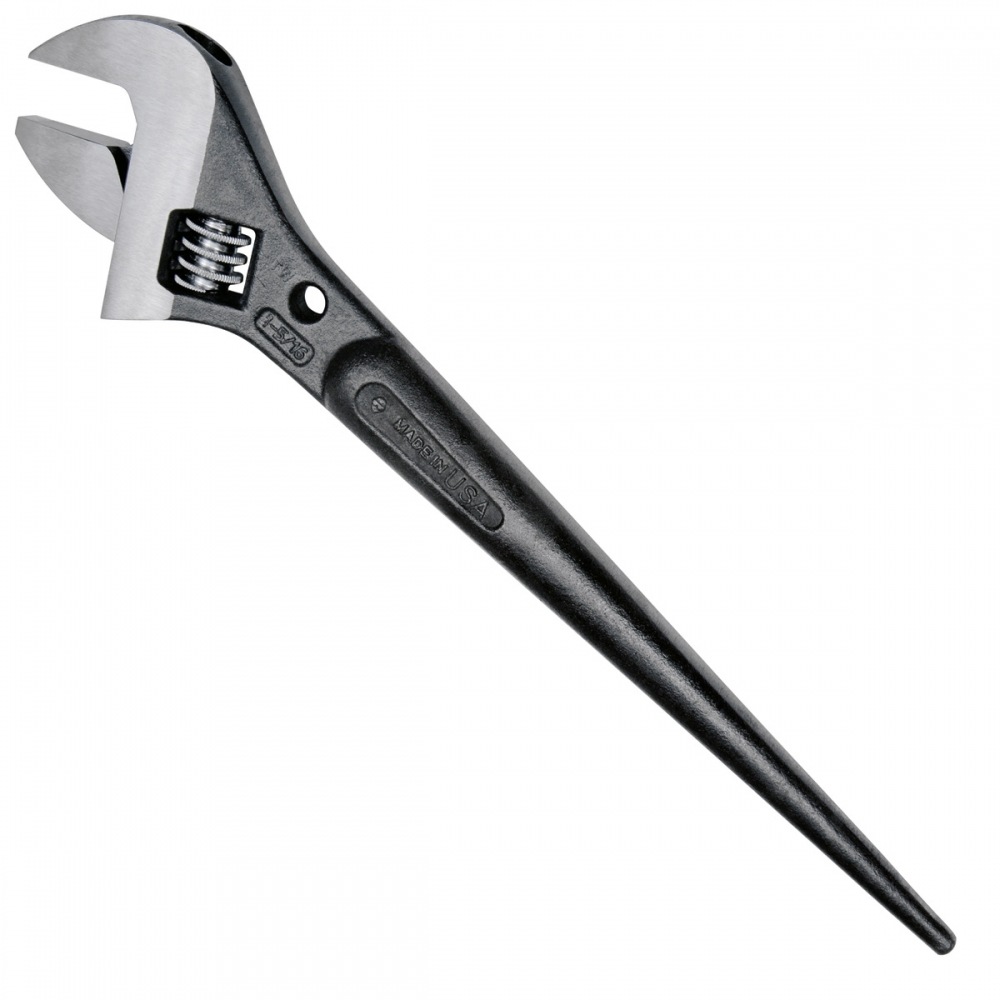
History and Evolution
The spud wrench has an interesting history. It began as a simple tool for plumbers and steel workers. Early versions appeared in the 1800s. They had fixed jaws to fit standard nut sizes. As industries evolved, so did the spud wrench. The need for more versatility led to the adjustable design we see today.
Over time, the spud wrench became a staple in construction. The ability to align bolt holes made it invaluable. It was especially useful in skyscraper frameworks. This was during a time when cities were growing upwards. Its purpose broadened beyond plumbing. It became essential in metal and beam alignment.
The spud wrench has kept its signature long handle and tapered end. Yet, its materials and mechanics have improved. Skilled craftsmen often sought after durable and reliable tools. As such, the spud wrench had to last through tough conditions. Modern spud wrenches now feature high-grade steel. They often have corrosion-resistant coatings as well. These improvements extend the tool’s life and efficiency.
Even with advances in technology, the essential design of the spud wrench stays largely the same. It remains a tool that values function over complexity. Its enduring design speaks to its utility on job sites. No matter the changes over the years, its role has stayed crucial. Craftsmen and professionals rely on the spud wrench now as they did in the past.
Types of Spud Wrenches and Their Uses
Spud wrenches come in several types. Each serves unique purposes for specific tasks. First, the standard adjustable spud wrench is the most common. It adjusts to grip nuts and bolts of various sizes. The long handle and tapered spike are standard. They assist in aligning bolt holes during assembly tasks.
Then, there are offset spud wrenches. They have a jaw set at an angle to the handle. This design helps reach tight spaces. It’s useful when working on flanges or fixtures that are close together.
Erection spud wrenches are another type. They have a larger and thicker handle. This design provides extra leverage. It’s favored by steelworkers when aligning structural beams.
Finally, dual-purpose spud wrenches combine an adjustable wrench with a pipe wrench. They offer versatility for plumbing tasks. Plumbers can switch between gripping flat nuts and rounded pipes with one tool.
Choosing the right spud wrench depends on the job. Always consider the size of nuts and bolts and access points. For general tasks, an adjustable spud wrench is sufficient. For specialized tasks, such as in tight spaces, an offset or erection spud wrench might be necesssary. Dual-purpose spud wrenches are great for plumbers who need a versatile tool.
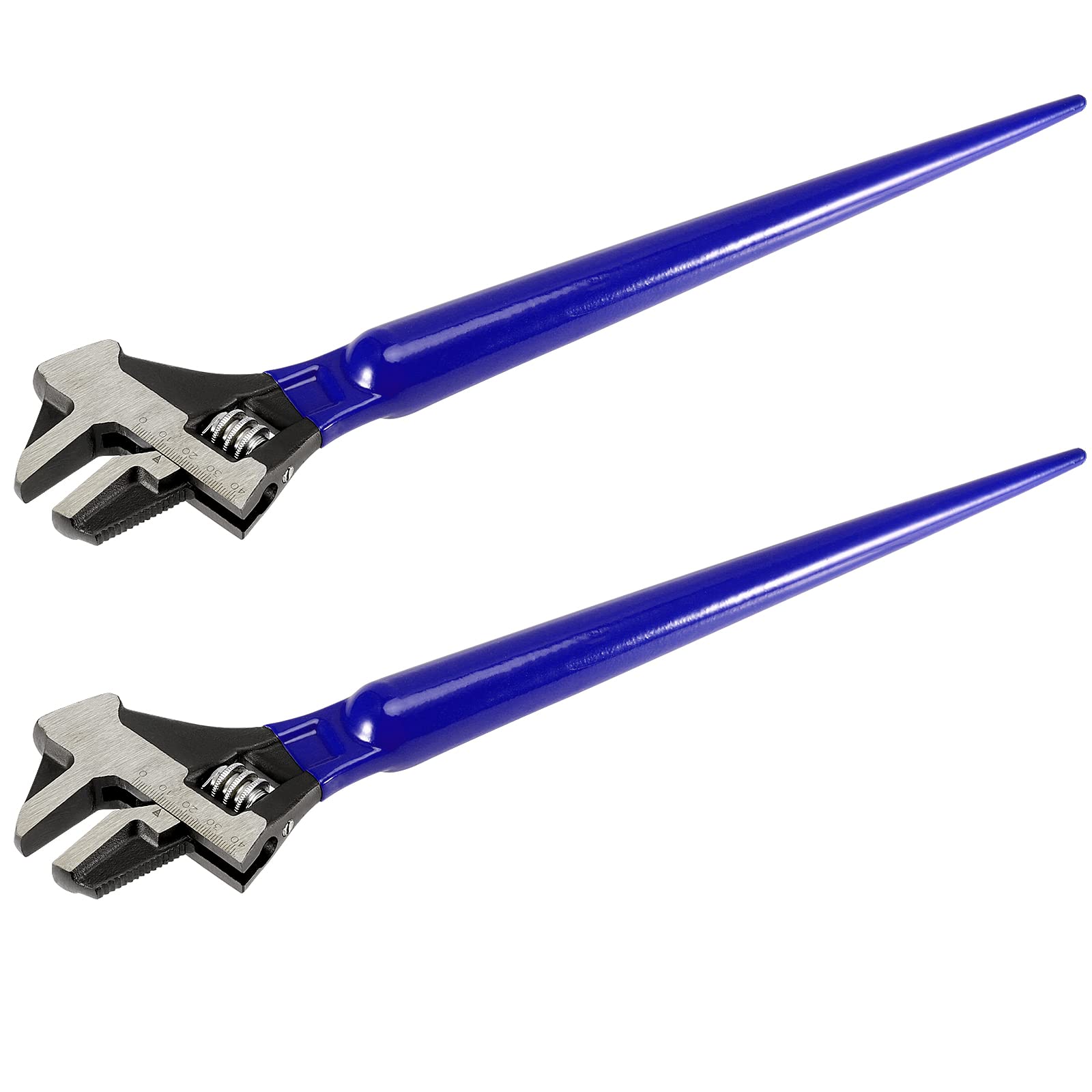 How to Choose the Right Wrench for Your Project
How to Choose the Right Wrench for Your Project
Selecting the correct spud wrench is critical. Your project’s success can depend on this choice. Start by evaluating the task at hand. Identify the sizes of nuts and bolts you will work with. For diverse sizes, an adjustable spud wrench is ideal. Look for one with a comfortable handle length. This ensures good leverage and ease of use.
Consider the work environment next. Are you dealing with tight spaces? An offset spud wrench might be your best option. Its angled jaw reaches places straight wrenches cannot. If you regularly align heavy beams, select an erection spud wrench. Its robust handle aids in managing greater force.
For plumbers, a dual-purpose spud wrench is a smart pick. It serves a dual role, adjusting to both flat and rounded surfaces. Check for added features like corrosion-resistant coating. Choose high-grade steel for durability and longevity.
Lastly, remember the handle grip. It should be secure and slip-resistant. A reliable grip ensures safety while working. It also reduces hand fatigue. This detail can make a big difference during long days.
In summary, match the wrench to the job. Look for adjustable jaws, a suitable handle, and specific features. Pay attention to the materials and grip. The right spud wrench will enhance precision and efficiency. It will also keep you safe on the job. Make your selection with care to ensure the best results.
Maintenance and Care
Caring for your spud wrench ensures its longevity and performance. Here’s how to maintain your tool:
- Clean After Use: Wipe your spud wrench with a clean cloth after each use. Remove any dirt, grease, or debris. This prevents rust and keeps the tool in good condition.
- Lubricate the Moving Parts: Apply a light lubricant to the adjustable jaw mechanism. This maintains smooth operation and prevents seizing up.
- Inspect Regularly: Look for any signs of wear or damage. Check the jaw’s grip and the alignment of the spud. Replace the tool if it shows cracks or significant wear.
- Store Properly: Keep your spud wrench in a dry, controlled environment. Avoid exposure to extreme temperatures or damp conditions.
- Handle Care: Ensure the handle is free from splinters or sharp edges. These can cause injury and reduce grip efficiency.
By following these simple care steps, your spud wrench will remain a reliable asset for many tasks.
Safety Tips for Using
Ensuring safety is critical when using spud wrenches. These tips will help avoid accidents and injuries.
- Wear Protective Gear: Always have safety glasses and gloves on. They protect against flying debris and improve grip.
- Check Wrench Condition: Before use, examine your spud wrench. Look for any damage or defects.
- Secure Your Work Area: Keep your space tidy. This avoids tripping hazards and ensures a safe working environment.
- Use the Right Size: Don’t force the wrench to fit. Select the correct size for nuts and bolts. This prevents slippage and potential injury.
- Do Not Overreach: Keep your balance. Do not stretch beyond a comfortable reach when using the wrench.
- Apply Force Properly: Use steady pressure. Don’t jerk the wrench, as it can slip and cause harm.
- Keep Focus: Stay alert. Pay attention to the task to maintain control of the tool.
- Regularly Inspect Tool: Perform regular checks. Ensure the adjustable jaw and spud are in good working order.
By following these safety tips, you can use your spud wrench effectively. Protect yourself and others around you. Make sure to always handle tools with care.
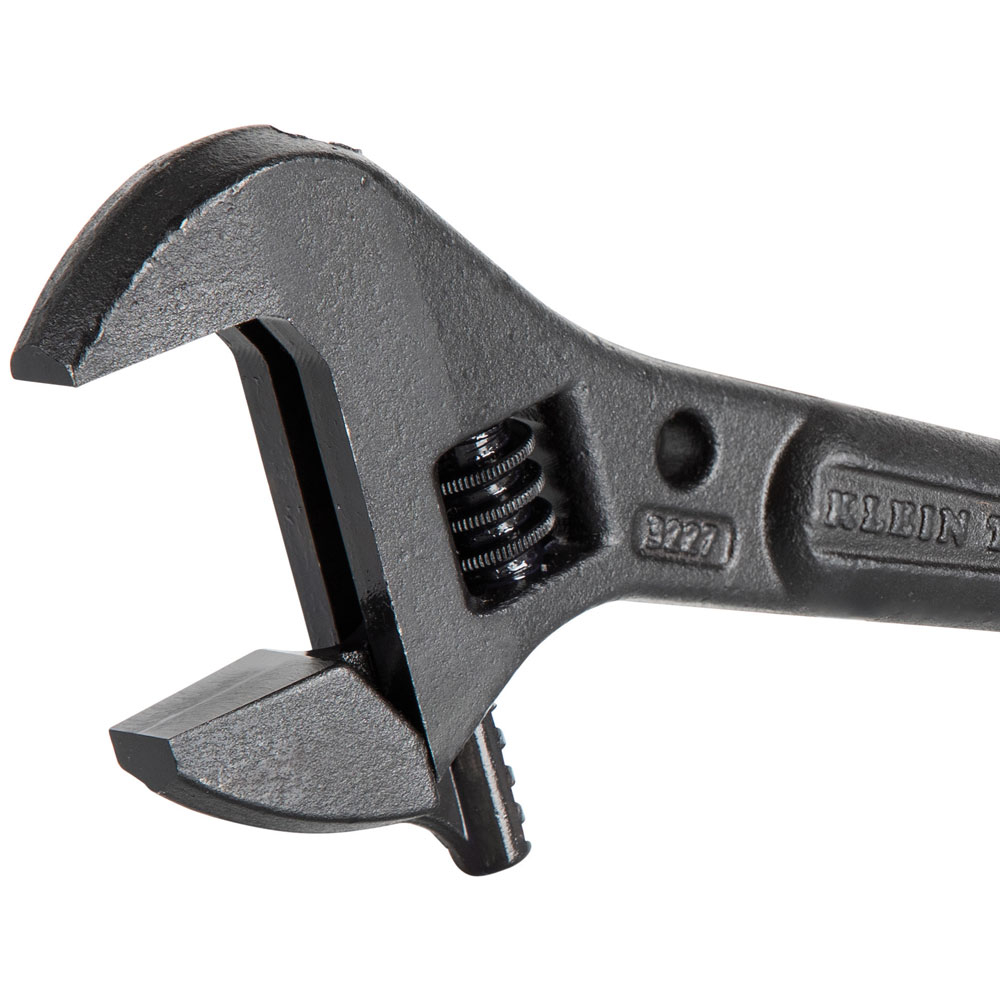 Common Projects and Applications
Common Projects and Applications
Spud wrenches serve many roles on job sites. Here are common uses for this versatile tool:
- Flange Assembly: The spud end aligns bolt holes in flanges. This makes assembly easier.
- Steel Framework: Steelworkers use them to align beam holes. This is crucial in skyscraper construction.
- Plumbing Adjustments: They adjust pipes and fixtures. Plumbers value this tool for its precision.
- General Construction: They ensure a firm grip on various nuts and bolts. It’s a go-to tool for many builders.
- Tight Spaces Work: The offset design reaches difficult areas. It outperforms traditional wrenches in such scenarios.
Understanding these uses helps pick the right spud wrench. It’s clear that this tool is essential for many projects. Each task requires a reliable grip and alignment. The spud wrench excels in both. Whether you’re a plumber, steelworker, or general contractor, adding a spud wrench to your toolbox is smart. It will improve efficiency and accuracy in your work.
Brands and Manufacturers
When looking for a spud wrench that combines quality and reliability, certain brands stand out. Professionals often seek tools that won’t let them down on the job. Here are some of the top manufacturers known for their durable and efficient spud wrenches:
- Ridgid: This brand is synonymous with robust construction tools. Their spud wrenches are no exception. They’re designed for heavy use.
- Proto: Known for precision, Proto offers spud wrenches with excellent grip and alignment features.
- Klein Tools: Favored by electricians and steelworkers, Klein’s spud wrenches are praised for their balance and handle comfort.
- Craftsman: Offers a range of hand tools including spud wrenches that are both durable and affordable.
- Wright Tool: Wright provides spud wrenches that are American-made and built for maximum torque and endurance.
These manufacturers have reputations for producing spud wrenches with high-grade steel and often include corrosion-resistant coatings. They focus on creating tools that last through tough conditions, ensuring they can handle the rigors of professional use. When selecting a spud wrench, it’s wise to consider these brands for a trusty addition to your toolkit.
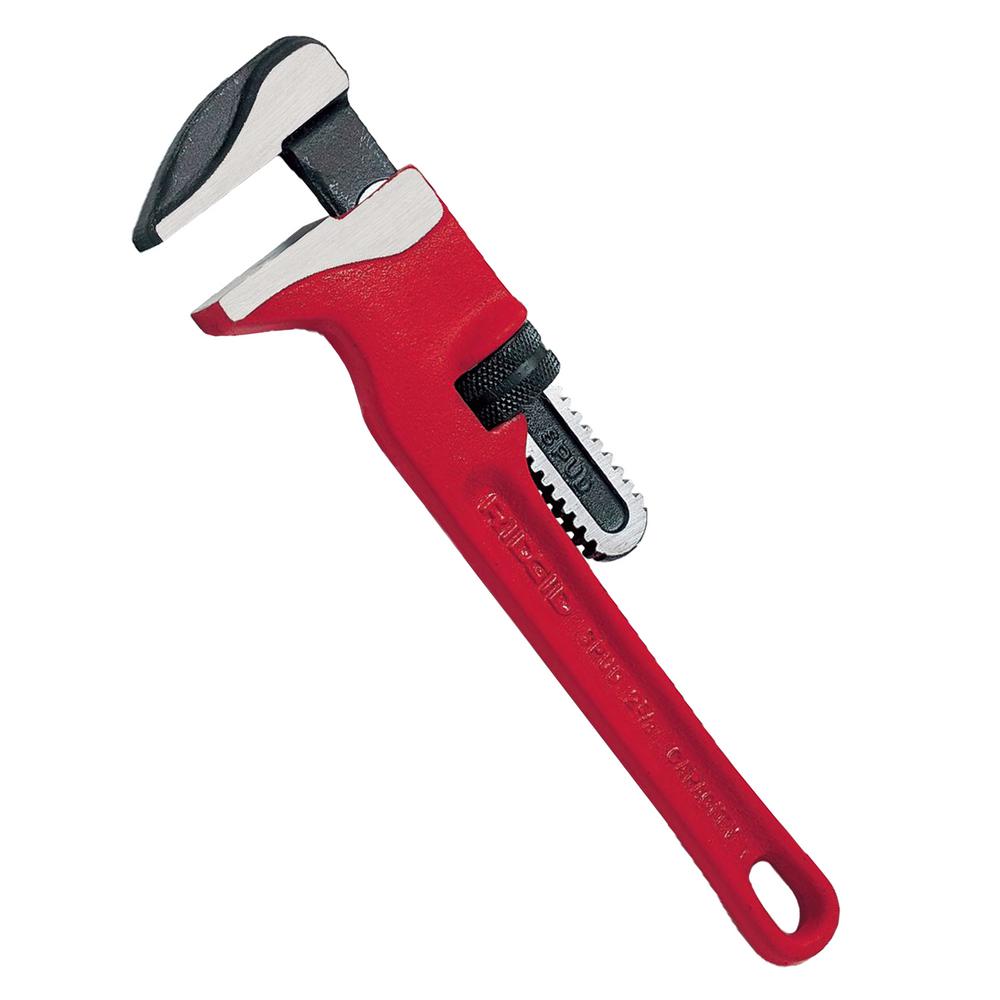 The Evolution
The Evolution
Understanding the history and evolution of the spud wrench provides insight into its design and widespread use today.
Early Designs
The concept of the spud wrench dates back to the early 20th century when workers required a tool that could provide greater leverage for loosening and tightening heavy fasteners. Early designs featured simple adjustable jaws and long handles to maximize torque.
Technological Advancements
Over the decades, technological advancements have significantly improved the spud wrench. Innovations such as quick-release mechanisms, ergonomic handles, and durable materials have enhanced the tool’s functionality and user experience. These improvements have made spud wrenches more versatile and efficient for a wider range of applications.
Modern Innovations
Today’s spud wrenches incorporate modern features such as ratcheting handles, multi-functional designs, and lightweight materials. These innovations cater to the demands of various industries, from construction and automotive to DIY and home improvement, ensuring that the spud wrench remains a relevant and essential tool in contemporary toolkits.
The Future
As industries continue to evolve, so does the design and functionality of spud wrenches. Emerging trends and technologies are set to further enhance the tool’s versatility and efficiency.
Smart Features
The integration of smart technology into traditional tools is an emerging trend. Future spud wrenches may incorporate features such as digital torque indicators, Bluetooth connectivity for tracking usage, and even automated adjustment mechanisms. These advancements will provide users with real-time feedback and greater control over their work processes.
Sustainable Materials
Sustainability is becoming increasingly important in tool manufacturing. Future spud wrenches are likely to be made from eco-friendly materials, reducing their environmental footprint. Innovations in material science will enable the creation of durable, high-performance tools that are also environmentally responsible.
Enhanced Ergonomics
Ergonomic design will continue to be a priority, with future spud wrenches featuring even more sophisticated handle designs and weight distribution for improved user comfort and reduced fatigue. Enhanced ergonomics will make the tool more accessible and easier to use for a wider range of users.
Customizable Options
Customization will play a significant role in the future of spud wrenches. Manufacturers may offer tools that can be tailored to specific tasks or user preferences, such as interchangeable heads, adjustable leverage settings, and personalized grips. This level of customization will cater to the diverse needs of professionals and DIY enthusiasts alike.
 Conclusion
Conclusion
In conclusion, understanding the significance of spud wrenches and their applications can vastly improve your effectiveness in plumbing, construction, and various mechanical tasks. By selecting the right spud wrench—considering factors like size, material, and handling—you ensure that you have a reliable tool at your disposal.
Regular maintenance and care can extend the life of your spud wrench, supporting your projects for years to come. Embrace the performance and durability that these tools offer, and enjoy the sense of competence and confidence they can bring to your work. Whether you’re a seasoned professional or a passionate DIYer, investing time in understanding and utilizing the best spud wrench can elevate your project experiences to remarkable new heights!
